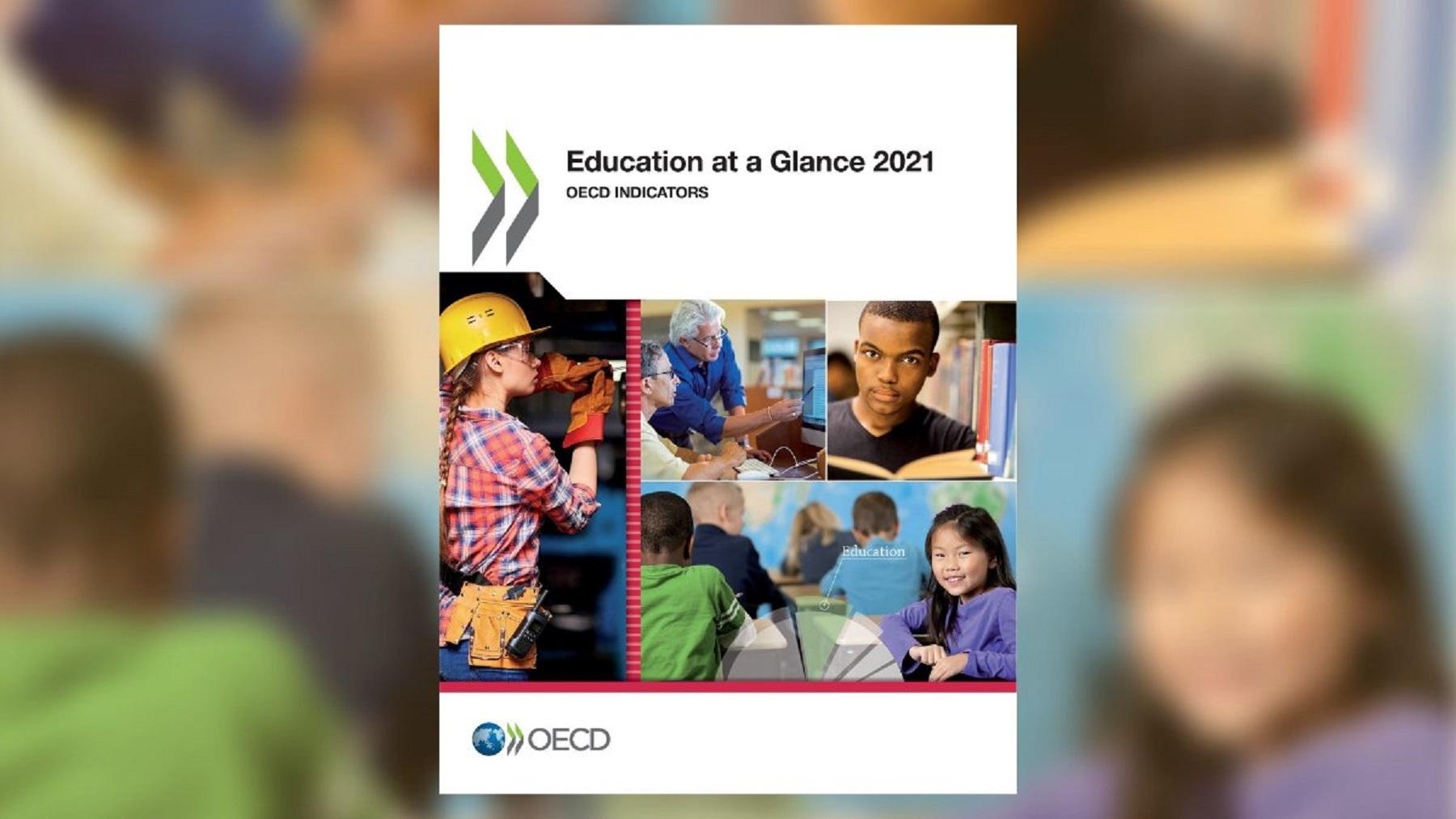OECD Report reveals increasing privatisation in education
Published:
We have had a look at the annual OECD Report “Education at a Glance” and this is our analysis. The report sheds light on privatisation trends in education and working conditions of teachers across Europe. It also calls on governments to provide appropriate public funding for education to overcome old and new challenges, particularly in the aftermath of the COVID-19 crisis.
On 16 September 2021, the OECD published the 2021 report “Education at a Glance”. With updated data and statistics on each level of education, this year’s publication focuses on factors that contribute to good quality and accessible education, in particular in the context of the COVID-19 pandemic. The report further includes a thematic emphasis on public investment and privatisation in education.
According to the Report, OECD countries invest on average around 11% of their overall public budget in the education sector, with no OECD country investing less than 7%. However, despite public sources representing a share of 90% of education funding in OECD countries, private funding is steadily increasing in countries such as Ireland, Lithuania, and Russia. This is due to national reforms that have led to increased privatisation, through a rising number of privately-funded education institutions.
Whereas moderate increases are persistent across countries and education levels, private funding is particularly visible in tertiary education and early childhood education. However, the allocation between private and public funding in education strongly varies across countries. For instance, in Finland, Iceland, Luxembourg, Norway and Sweden, private funds constitute 5% or less of the total investment in educational institutions. In contrast, they make up almost one-third of education investment in the United Kingdom, Spain, and the Netherlands. Pointing out the detrimental effects of privatisation for equality and inclusion, ETUCE believes that quality education should be free and accessible to all.
Furthermore, the OECD Report touches upon trends and challenges that occurred during the COVID-19 pandemic. According to the OECD, the economic crisis due to the pandemic is likely to reduce public investment in education. This will have a negative impact on the overall quality of education and will particularly affect groups with a disadvantaged background, as well as reinforcing inequalities in education. In addition, while many countries steadily increased the participation rate in education over the last 15 years, the school closures during the COVID-19 pandemic reversed this progress for the first time.
While the OECD mentions that many countries such as Germany, Norway and the Netherlands provided immediate financial support measures to education, it acknowledges that "the long-term impact on education funding is still uncertain”. In this respect, ETUCE remarks that the OECD Report refers in majority to data of general economy and health sector, while it entails minor statistics on the impact of COVID-19 on the education sector. Therefore, ETUCE highlights that it will be of utmost importance to collect further reliable data to effectively assess the impact of the pandemic on the education sector.
Read more:
To the original report: Education at a Glance 2021
To the Article covering last year’s edition of ‘Education at a Glance’: New data on salaries and working conditions of teachers in the new OECD Report “Education at a Glance”